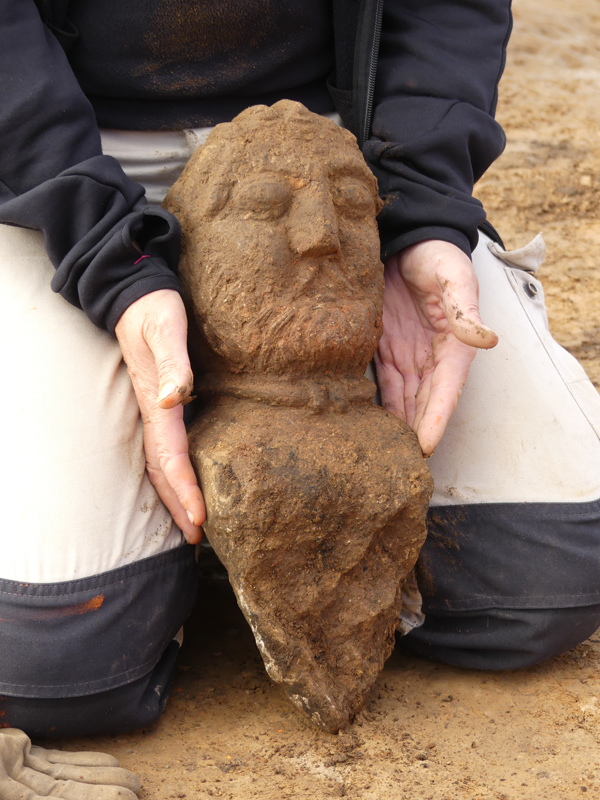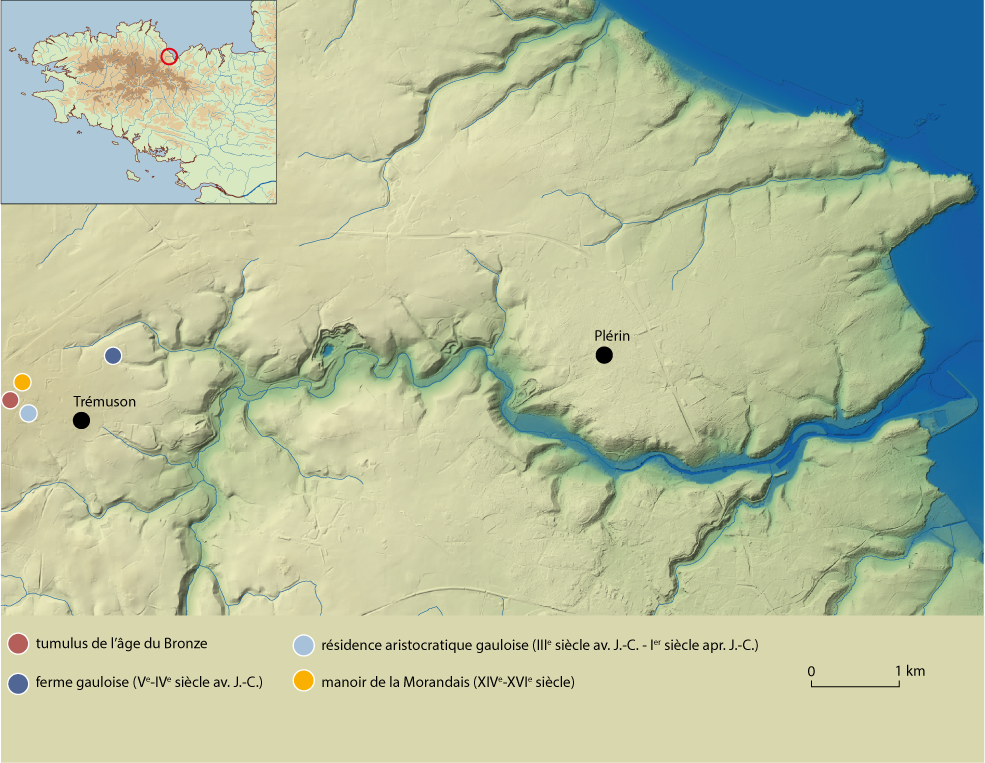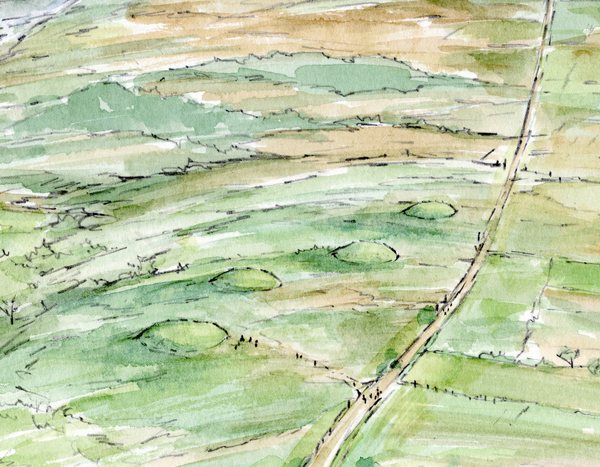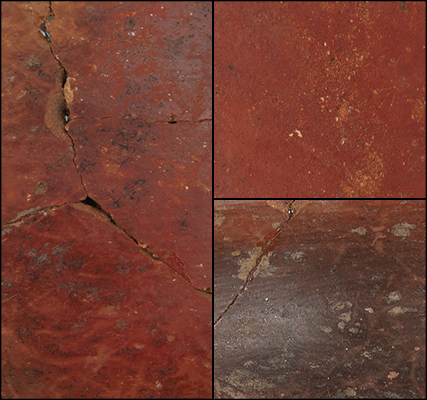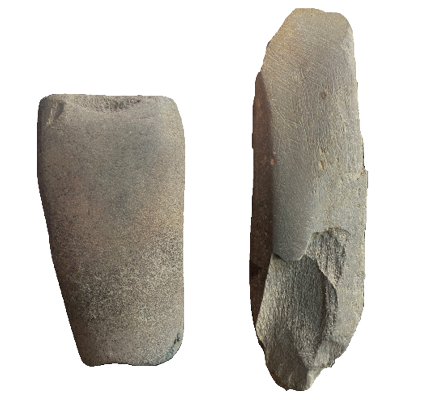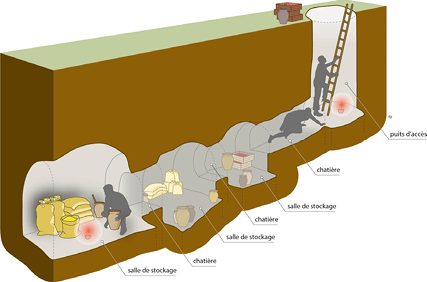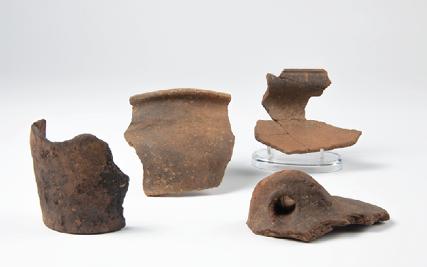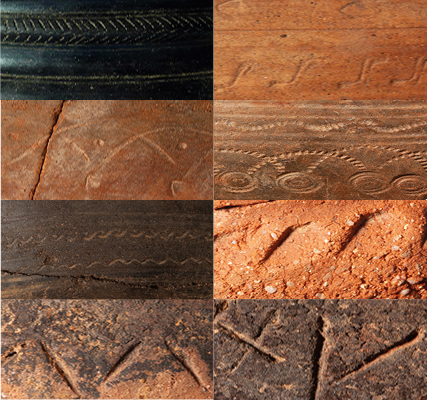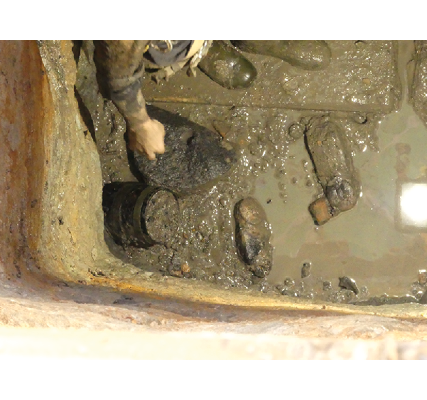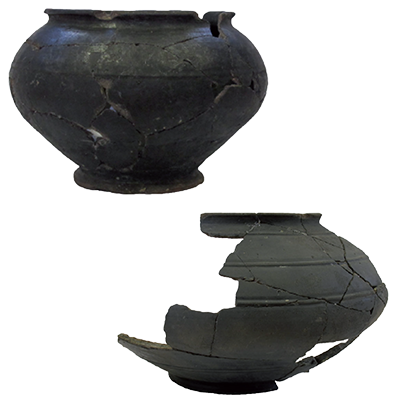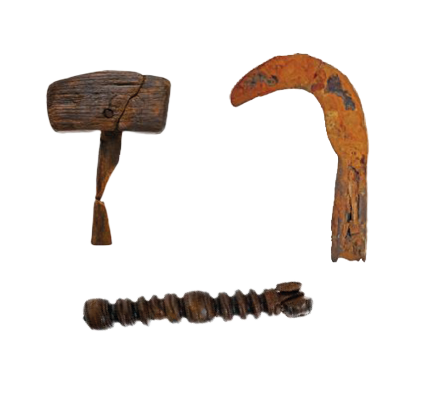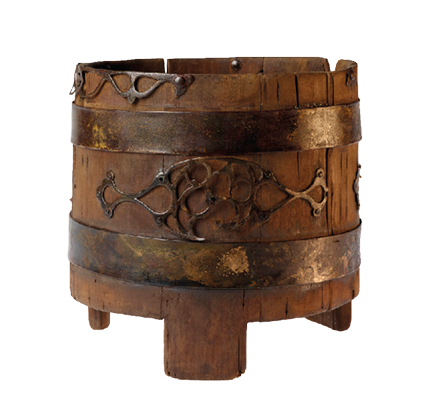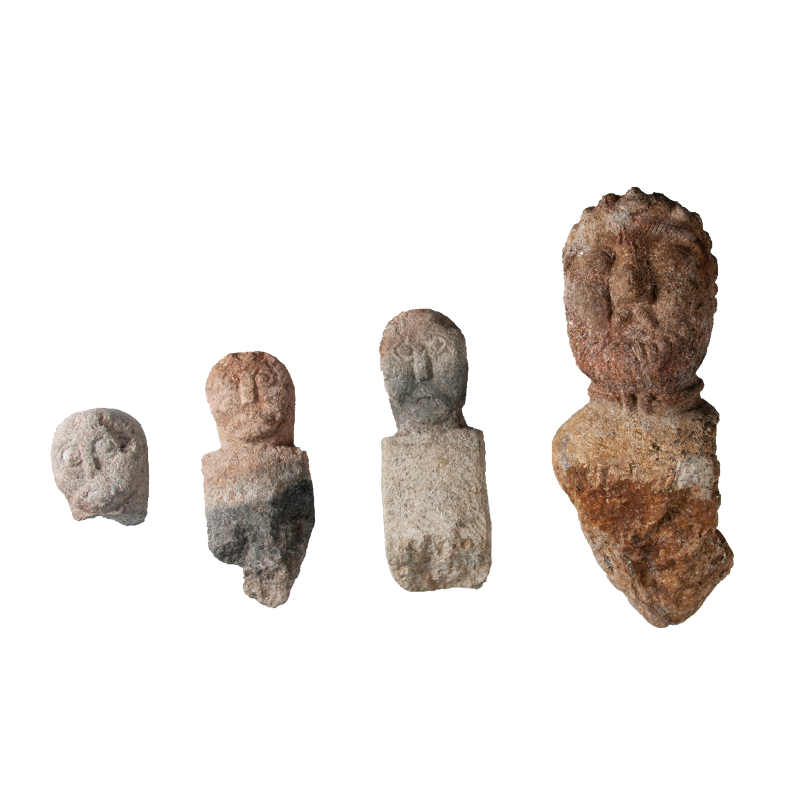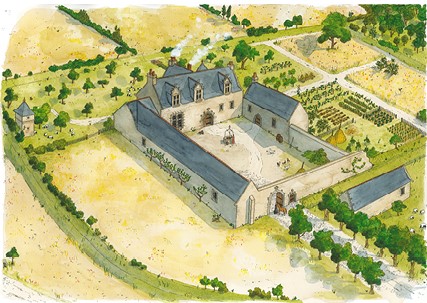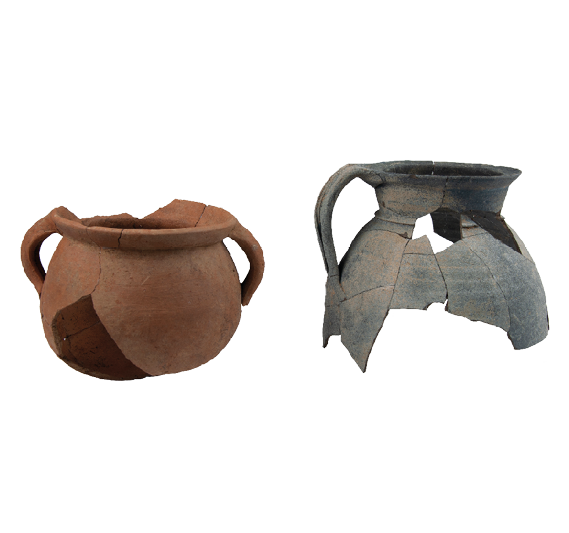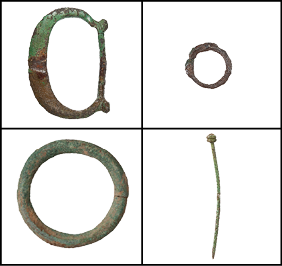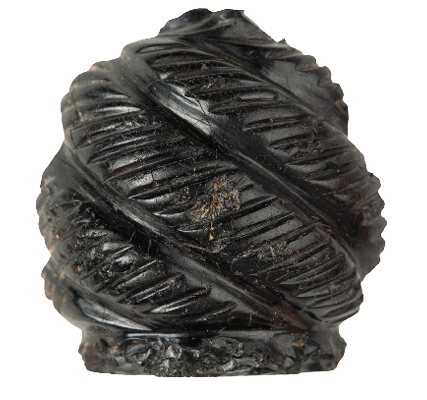This digital exhibition was created by Yoann Clarey as part of his Master 2 MAGEMI studies (Rennes 2 University). This internship was carried out at the Inrap Grand-Ouest inter-regional directorate within the archaeological collections management division of the Brittany region.
The online exhibition is complementary to the exhibition:
A Trémuson, l'histoire vous regarde!
⏵presented at the Graine de culture media library in Trémuson from September 21 to December 1, 2024.
Acknowledgements Developers : - Commune de Trémuson
- Saint-Brieuc Armor Agglomération
- SCI TREMU
- Private owners
Scientific description and control : - DRAC Bretagne - service régional de l'Archéologie
Accompaniment :
⁃ Stéphanie Hurtin, archaeological collections manager, Brittany region
⁃ Christelle Stagnol, cultural development and communication officer
⁃ Laurent Pelletier, scientific and technical direction, archaeological collections management officer, Inrap Galerie Muséale project manager
Inrap archaeological research managers :⁃ Claire Baillieu
⁃ Laurent Beuchet
⁃ Stéphane Blanchet
⁃ Stéphane Bourne
⁃ Eddie Roy
Inrap scientific referents:⁃ Vérane Brisotto, lithicist
⁃ Anne-Françoise Cherel, ceramologist
⁃ Emmanuelle Coffineau, ceramologist
⁃ Richard Delage, ceramologist
⁃ David Gâche, archaeologist
⁃ Emilie Godet -Merveilleux, archaeologist
⁃ Véronique Guitton, xylologist
⁃ Françoise Labaune-Jean, ceramologist
⁃ Océane Lierville, ceramologist
⁃ Théophane Nicolas, ceramologist
Inrap illustrations:
⁃ Stéphane Bourne
⁃ Vérane Brisotto
⁃ Emmanuelle Collado
⁃ David Gâche
⁃ Stéphane Jean
⁃ Joseph Le Gall
⁃ Théophane Nicolas
⁃ Marie Millet
⁃ Patrick Pihuit
⁃ Cellule d'intervention sur les structures archéologiques profondes Inrap (CISAP)
Laboratories:
⁃ Arc'Antique
⁃ AntePostQuem
⁃ Cellule conservation Inrap
⁃ IpsoFacto
For more information:► 2020 : Baillieu Claire, Trémuson (22). La Ville Hamonet (plots B.2676, 2677 and 2679). Diagnostic report, Inrap Grand-Ouest, Cesson-Sévigné, 2020. ► 2023: Baillieu Claire, Trémuson (22). La Ville Hamonet : une ferme gauloise des Vee et IVe c avant notre ère. Rapport de fouille, Inrap Grand-Ouest, Cesson-Sévigné, 2023. ► 2020 : Beuchet Laurent, Trémuson (22). La Colignère (tranche 2). L'occupation du plateau de Trémuson, de l'âge du Bronze au manoir de la Morandais. Rapport de fouille, Inrap Grand-Ouest, Cesson-Sévigné, 2020. ► Blanchet 2002 : Blanchet Stéphane, Trémuson (22), La Morandais. document final de synthèse de fouille préventive, Inrap Grand-Ouest, Cesson-Sévigné, 2002 .
► Blanchet 2017 : Blanchet Stéphane, Trémuson (22). La Colignère - tranche 2 : Silos du Bronze ancien et manoir du XVe siècle. Rapport de diagnostic, Inrap Grand-Ouest, Cesson-Sévigné, 2017. ► Bourne 2022 : Bourne Stéphane, Trémuson (22). La Morandais : au cœur d'une résidence aristocratique de La Tène finale. Rapport de fouille, Inrap Grand-Ouest, Cesson-Sévigné, 2022. ► Roy 2016 : Roy Eddie, Trémuson (22), Le coin des petits clos, Rapport de diagnostic, Inrap Grand-Ouest, Cesson-Sévigné, 2016. 🕮 Brisotto et al. 2024 : Brisotto Vérane, Cherel Anne-Françoise, Jaccottey Luc, Bourne Stéphane, "Découverte d'un nouvel ensemble de quatre bustes en pierre à Trémuson, Côtes-d'Armor : étude technologique et approche stylistique", dans Olmer Fabienne, Girard Benjamin , Roure Réjane (dir.), Expressions artistiques des sociétés des âges du Fer, Actes du 46e colloque international de l'AFEAF, Aix-en-Provence, 26-28 mai 2022, Paris : AFEAF, p. 121-140.
